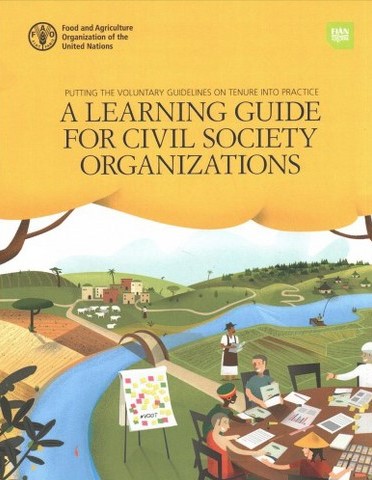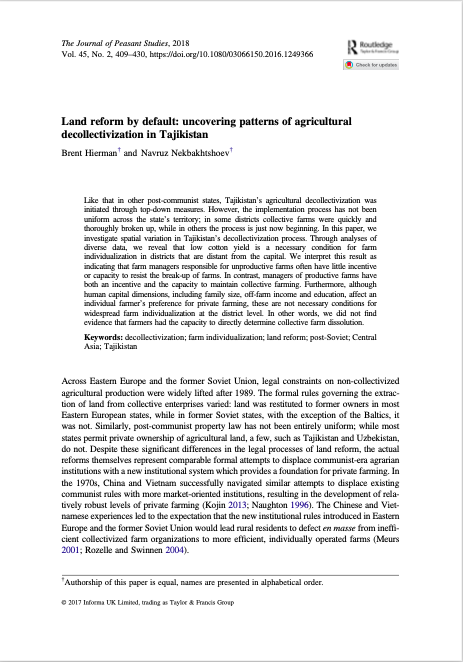No land no Development (គ្មានដី គ្មានការអភិវឌ្ឍ)
80% of Cambodian people are farmers living in rural and remote areas. They are depending on agriculture, livestock and natural resource extraction to feed their families. Nearly last two decades, the royal government of Cambodia has tried its effort develop legal framework, infrastructure and urbanization to attract national and foreign investments to invest in Cambodia. while legal enforcement has been weak, some development plan has exploited and caused negative impacts on Cambodia people who are majority poor.












